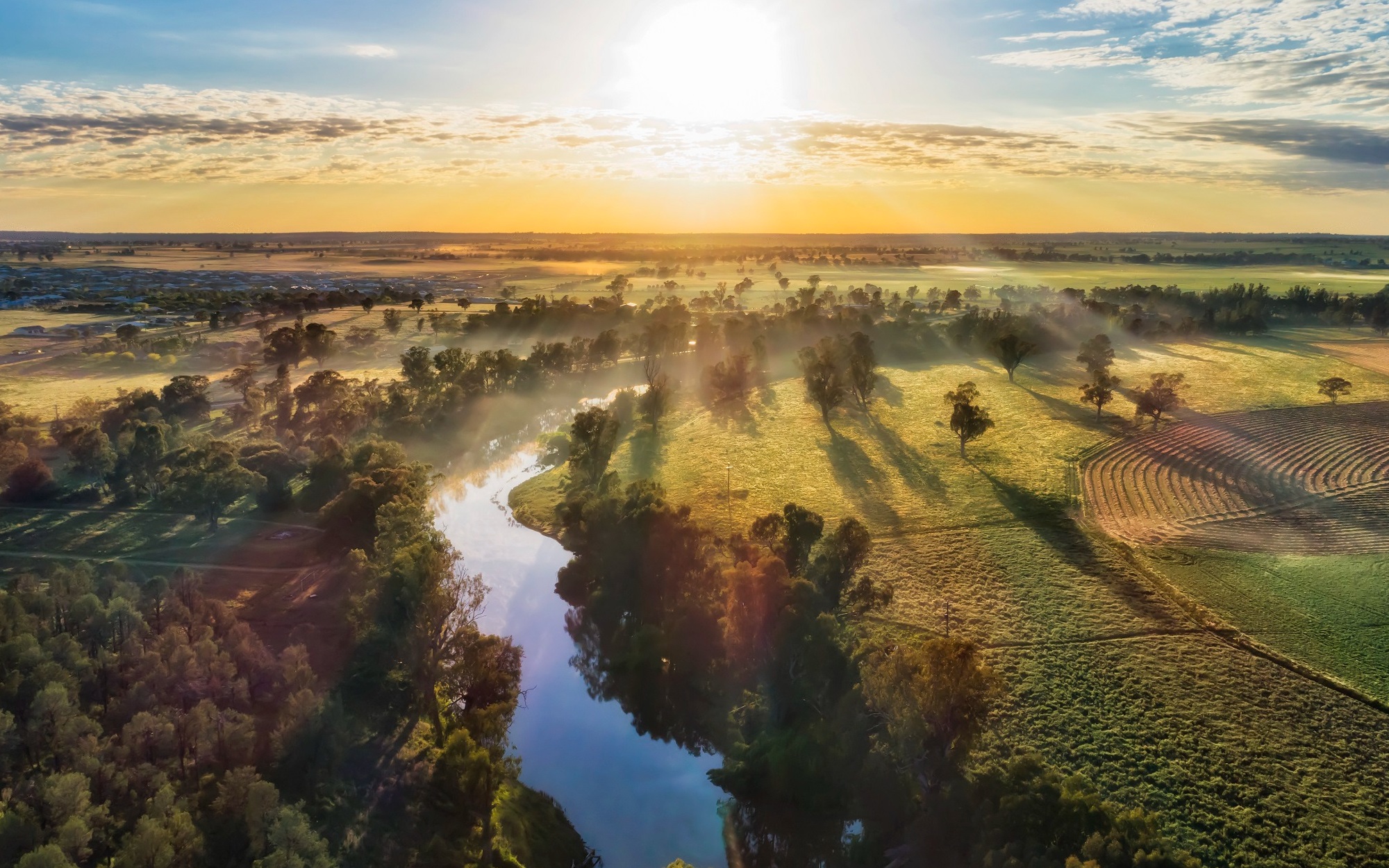About the project
The Minimum Inflows project is developing a method to review aspects of the current water allocation method to consider the risk of climate change and variability due to reduced rainfall and increased temperatures.
The review will be carried out in all regulated river water sources.
The project will inform the minimum amount of water required to set aside in storages to meet high priority needs under different climate scenarios.
This will provide:
- more certainty to water users by improving the capacity of water sharing plans to manage water availability under a more variable climate
- an improved understanding of the level of security for high priority users and the likelihood of the Extreme Events Policy being triggered.
The proposed method is being reviewed by an expert panel convened by the Office of the NSW Chief Scientist and Engineer.
When the method is finalised and approved, it will be progressively applied to regulated river valleys in NSW.
There are 3 key drivers for this project:
- The requirement in regulated water sharing plans to undertake the review.
- NSW Water Strategy action 4.2 to undertake a review of water allocation and water sharing in response to new climate information.
- Ministerial commitments made as an outcome of the discontinuance of the Border Rivers Water Sharing Plan judicial review
Public information sessions
Watch the webinar
February's monthly roundup update was on 'Minimum inflows for Surface Water planning and Climate and Strategic projects'.
Project background
The Millenium and Tinderbox (2017-2020) droughts saw record low inflows across many parts of NSW. This resulted in the suspension of water sharing plans, triggered the Extreme Events policy and required emergency drought measures such as shortening rivers, bulk water deliveries, ceasing replenishment flows and suspending water for lower priority water users. Allocations to high priority licences were also reduced. This caused uncertainty for all water users, environmental impacts and water quality issues. Following the Tinderbox drought, there has been significant community concern about climate change impacts on future water supplies and whether our current allocation method provides an appropriate level of security for high priority water needs, including licensed and unlicensed Basic Landholder Rights, critical environmental needs, town water supplies and high security licences.
Current allocation method
Water held in storages in regulated river systems are distributed with an available water determination or water allocation. This process reserves an amount of water to secure supply to high priority water needs and shares the water above this reserve to other users. Minimum inflows are considered a resource in the allocation process and are defined as the assumed minimum amount of inflow that will occur based on the worst drought on record as of the first water sharing plan, (for most regulated systems this was 2004).
